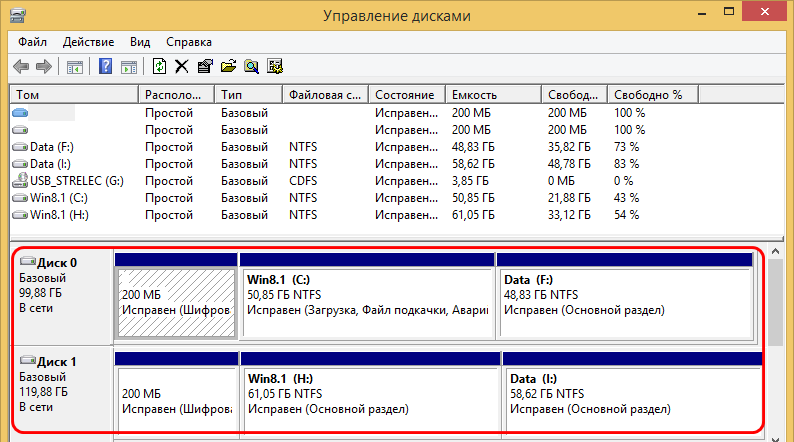

This method is usually easy to handle, so most Windows 7 users would like to access Disk Management with this method. Right click "Computer" icon on Windows 7 desktop > click "Manage" > click "Disk Management" Here are 3 common methods to access Disk Management tool in Windows 7 If you want to perform any task under Disk Management in Windows 7, you must know how to access it. In addition to those basic functions, Windows 7 Disk Management has two new features compared to Windows XP, which are extend volume and shrink volume.ģ Ways to Access Windows 7 Disk Management You can also check the Properties of each partition on your computer under Disk Management on Win7. As a disk management tool, Windows 7 Disk Management has the basic functions including mark partition as active, change drive letter and paths, format volume and delete volume. Now a new volume will appear in the Windows explorer.What does Windows 7 Disk Management do? As its name showing, Disk Management is a manger that provides solution for disk space management.Specify the volume size, assign the drive letter, and format the partition.Right-click ‘Unallocated’ or ‘Free space’ and select new simple volume.If you have shrink space from a primary partition, then the space will appear as Unallocated otherwise it will appear as a Free space shrinking with a Logical Drive.Select ‘Shrink’ and enter the amount of space you want to get away from the volume.Right-click the volume from which you want to take the space, you can also take the available space from the Windows drive.Open disk management (open Run (Ctrl + R), type ‘diskmgmt.msc’ in it and press Enter.).To do this, follow the steps given below: You can take the available space from a different partition and create a new volume. Create a new volume using the available space from the second volume Likewise, you can create more new volumes on your Windows computer. A new volume will appear in the computer with the size given by you.Follow the on-screen wizard, like specify the volume size, assign the drive letter, and format the partition.



 0 kommentar(er)
0 kommentar(er)
